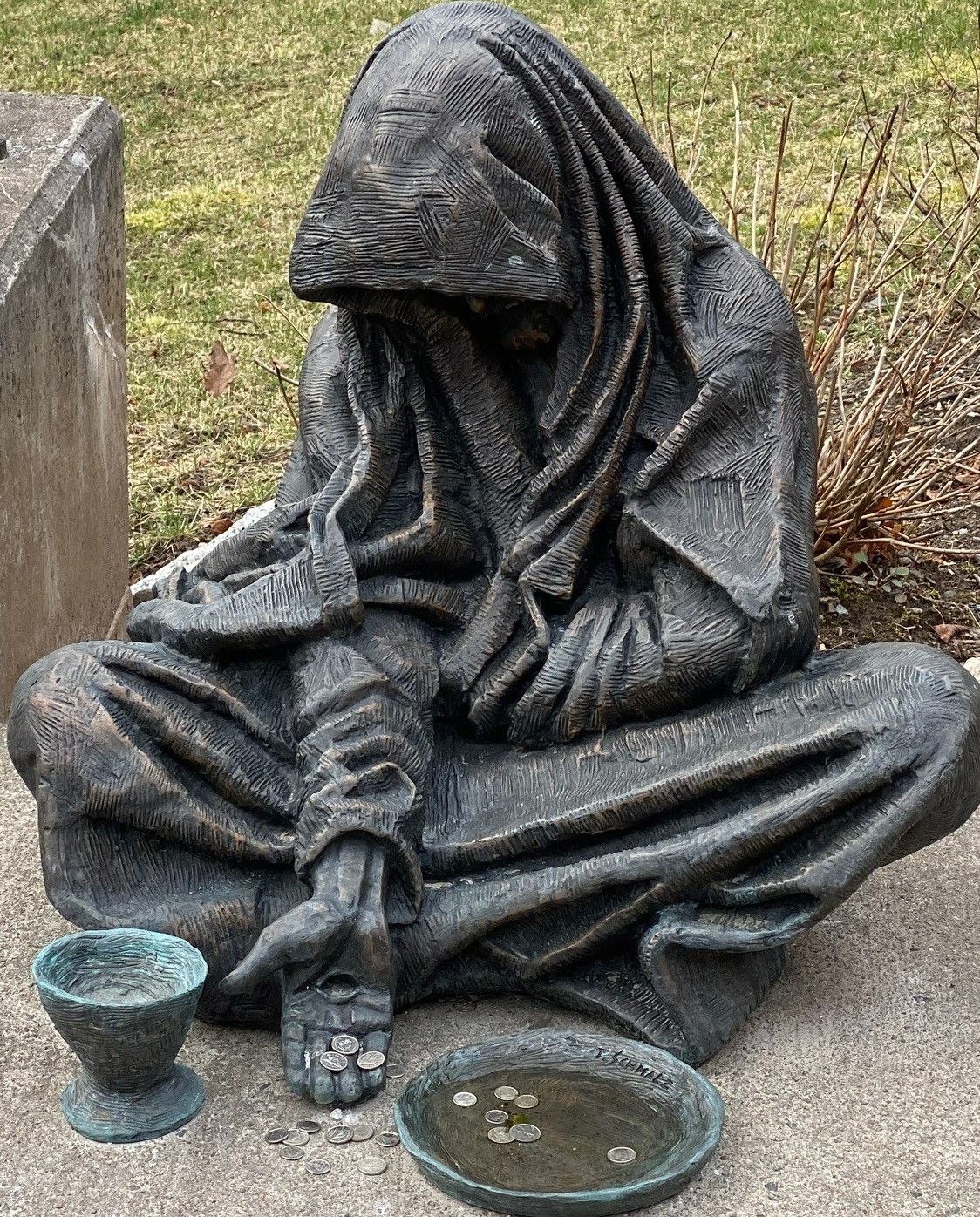The Building & Furnishings
Building
An architectural jewel, the cathedral is one of the finest examples of perpendicular gothic style in Canada. To appreciate the cathedral’s beauty, one only must see its great east window commemorating the sacrifice of the people of the Diocese who gave their lives in World War I or the Bicentenary window marking the 200th anniversary of the arrival of our first bishop, Charles Inglis.
Notable features include the intricate wood carvings of Robert “mousie” Thompson in the sanctuary, the chancel and the signature pulpit. Altogether these carvings took 30 years to complete and are the only example of Thompson’s work in Canada. Equally notable is the cathedral’s 5,000 pipe organ, the second largest in the Maritimes.
While the building is indeed an architectural masterpiece, cost-saving decisions about building materials made during its construction have had long-term implications for its maintenance. The extensive maintenance program undertaken by the cathedral congregation has strengthened the basic structure and the building has been deemed sound.
Cathedral Restoration
Re-Development
What used to be the Anglican Diocesan Centre and the homes previously occupied by clergy and the bishop have now become a Great Hall and Retirement Home. The cathedral congregation and the Diocese of Nova Scotia and PEI leased the land bordered by what was Martello Street and is now Cathedral Lane and College Street to Shannex, a Maritime operator of senior retirement living campuses and long-term care facilities. A seven-story assisted living complex has since taken shape.
Shannex constructed our Diocesan Centre that is connected to the cathedral which houses the diocesan and cathedral offices as well as meeting rooms, church hall and kitchen. This centre was designed to meet current and future needs of our congregation and the broader church community with modern, accessible facilities, that complement our stunning cathedral church. This project with Shannex greatly enhanced the use of the church property.
Meanwhile, the task of restoring and decorating the cathedral continues inside the church building. Wall repair and painting has been done throughout the nave and transept, while the chancel and parts of the sanctuary await sufficient funds to complete the beautification project. The addition of two washrooms and a kitchenette has provided a comfortable environment for the congregation and visitors.
When I Was Hungry and Thirsty
The Cathedral Church of All Saints was given a moving bronze statue that is life sized. It is entitled, When I Was Hungry and Thirsty, by sculptor Timothy P. Schmalz. Inspired by the Gospel of Matthew 25:40, this sculpture is a visual representation of Charity. It tells us that we need to see Christ in the poor and the hungry and that we should see our acts of kindness to them as kindness to Him. The sculpture is located at the front of the Cathedral Church near the stairs to Cathedral Lane. Many people approach the stautue, unsure if it is a real person or not. Some days you can find food or money, left by strangers for others in need.
For over 25 years, Timothy P. Schmalz has been sculpting large scale sculptures. He is a figurative artist with his pieces installed worldwide. Some of his most reputed pieces are installed in historical churches in Rome and at the Vatican. Timothy describes his most important work as visual translations of the Bible. Although most of his work is based upon a spiritual theme, he also creates large, complex public sculptures in bronze. Some of these include monuments that honour veterans and firefighters. Timothy strives to create epic artwork that connects with viewers through design and details that not only touch the viewer on an emotional level, but also allow them to feel somewhat a ‘part’ of the piece.

Here is a video of Timothy P. Schmalz explaining a new sculpture, entitled, Let the Oppressed Go Free.
